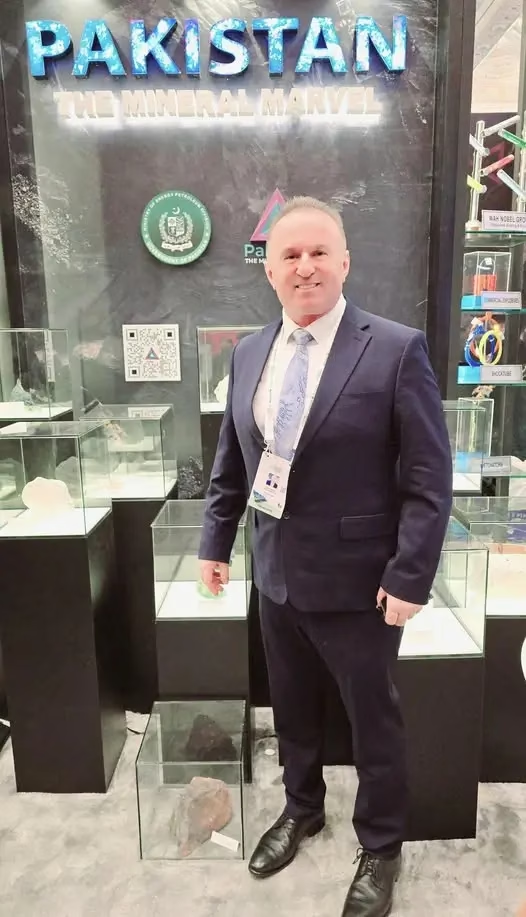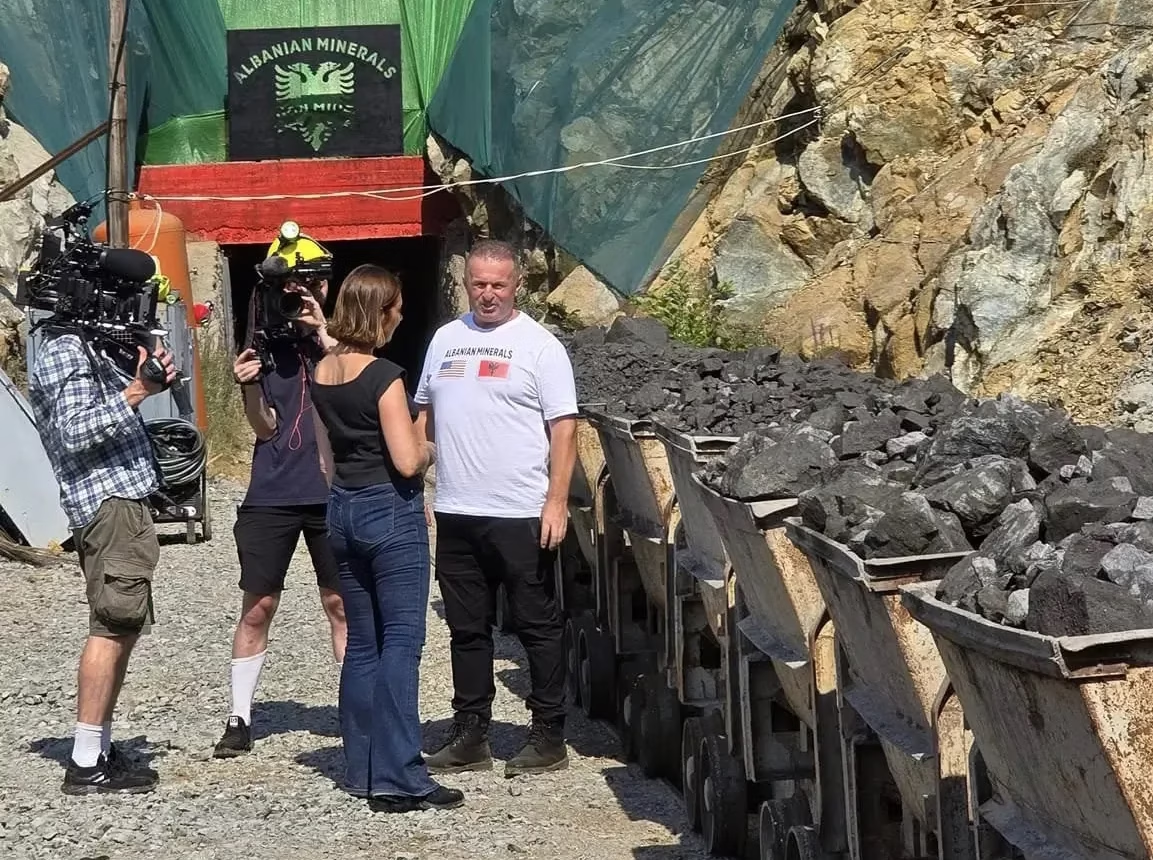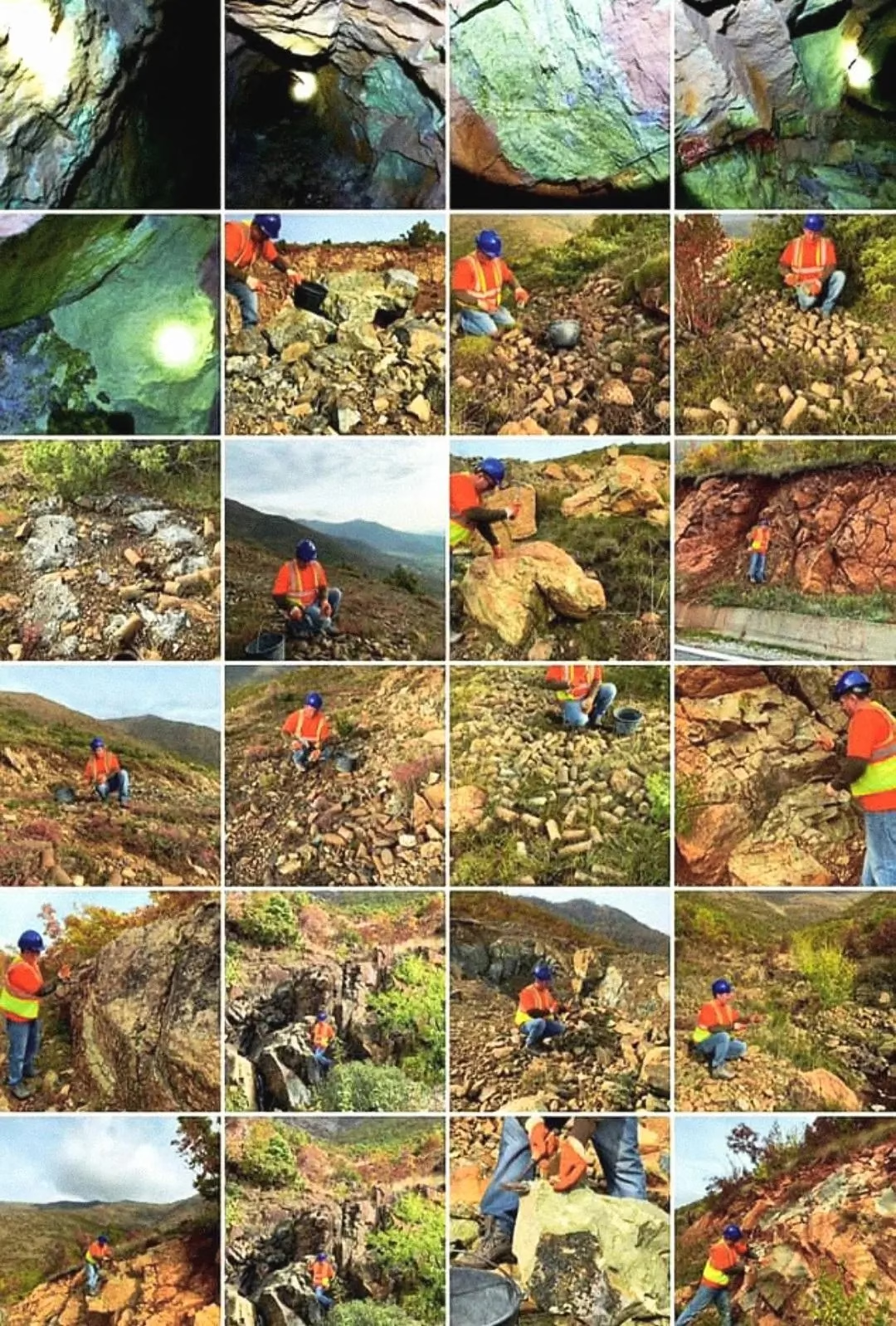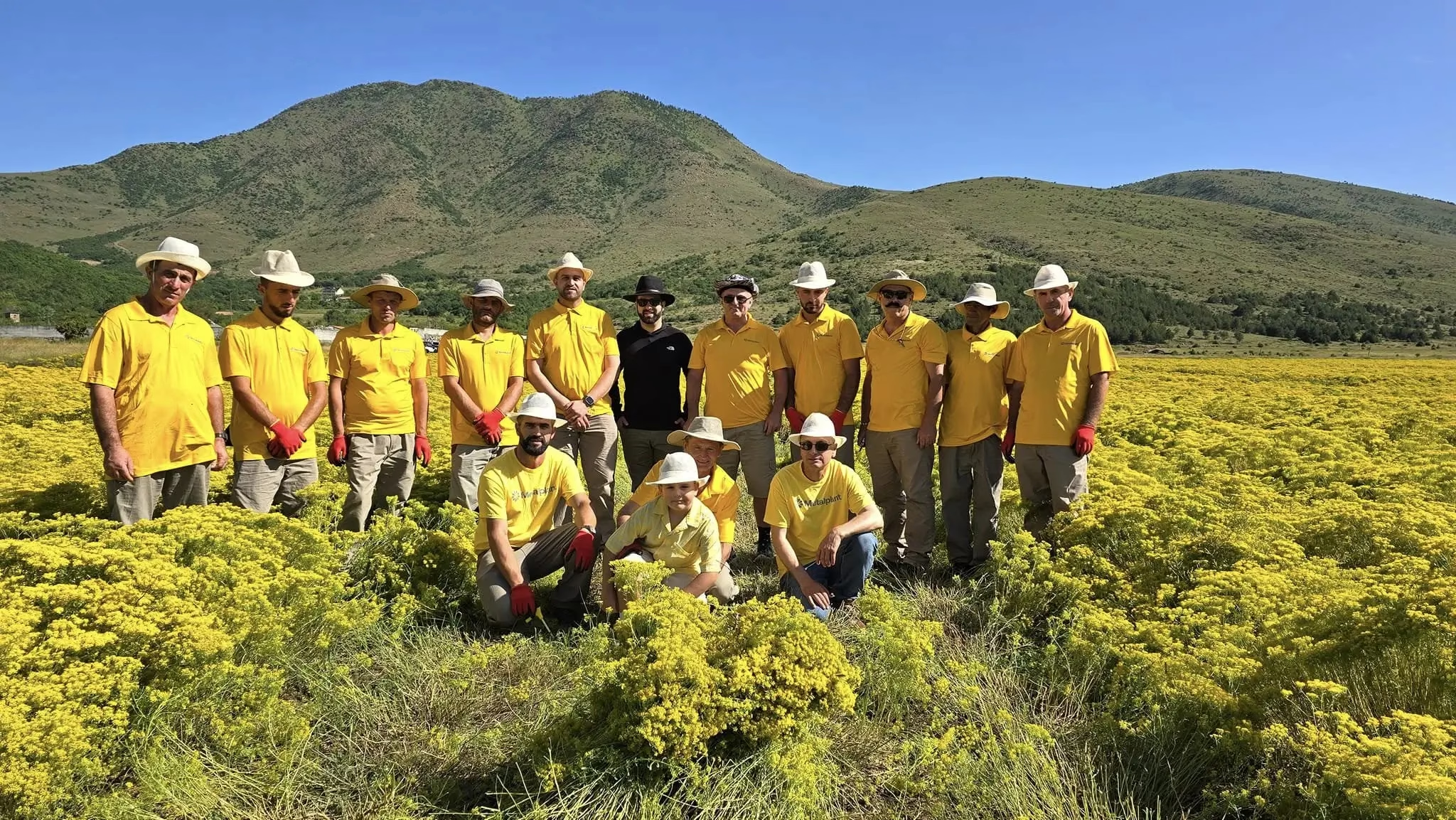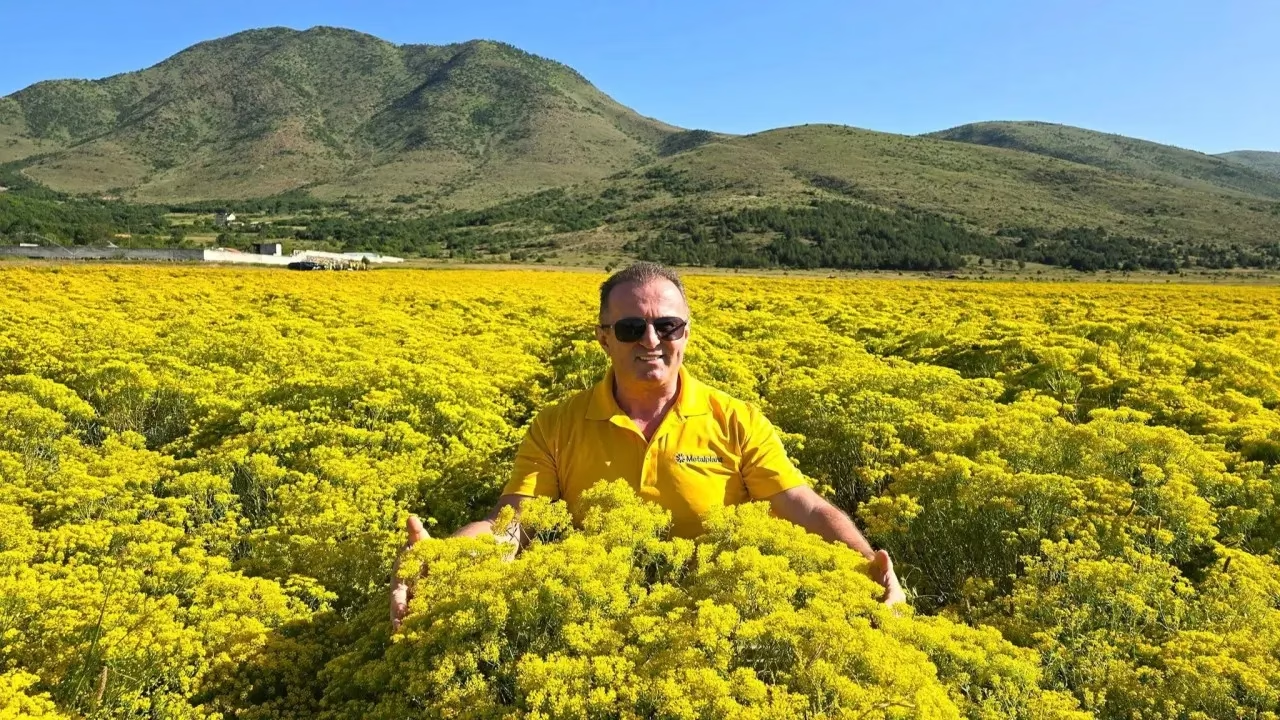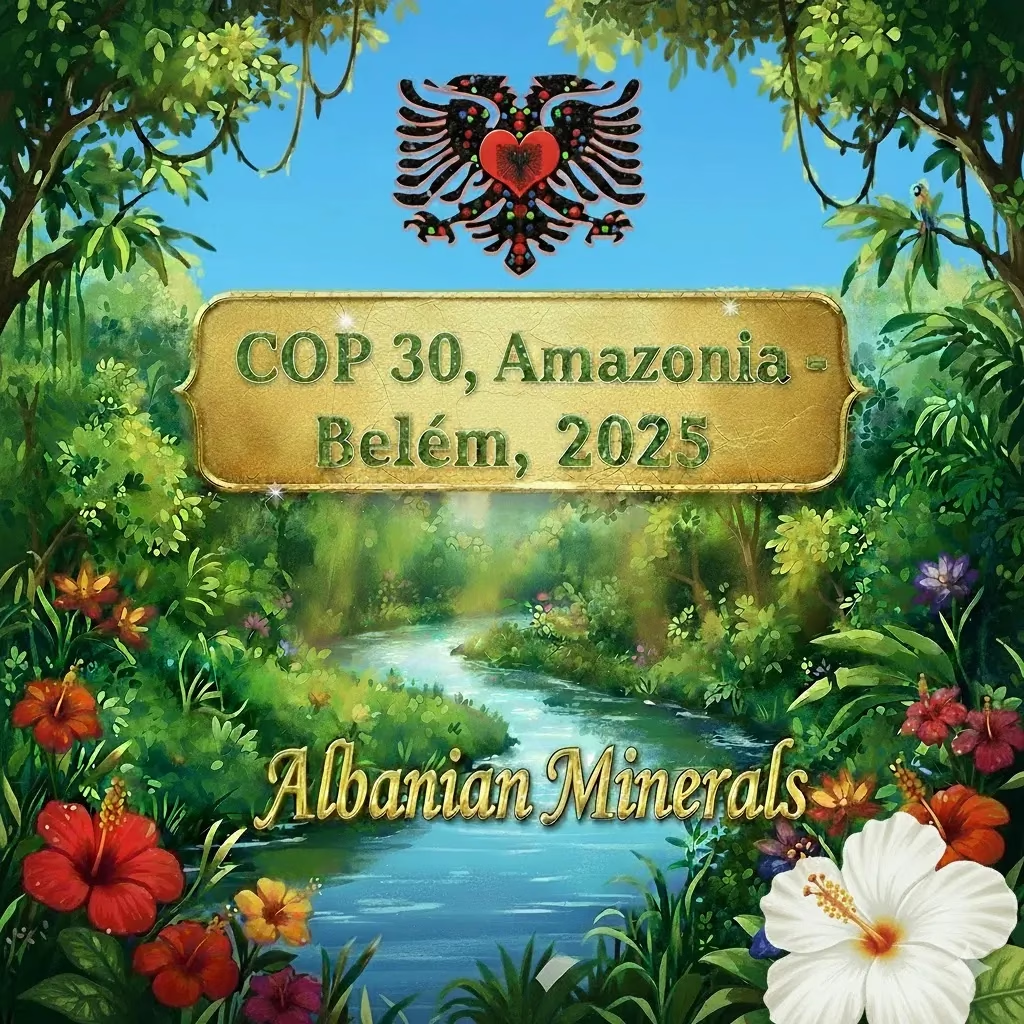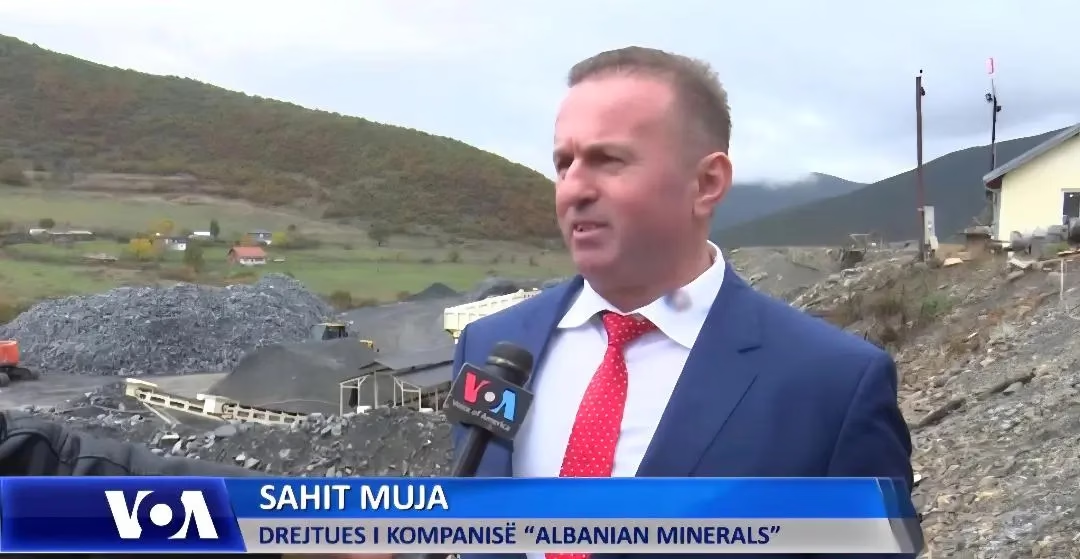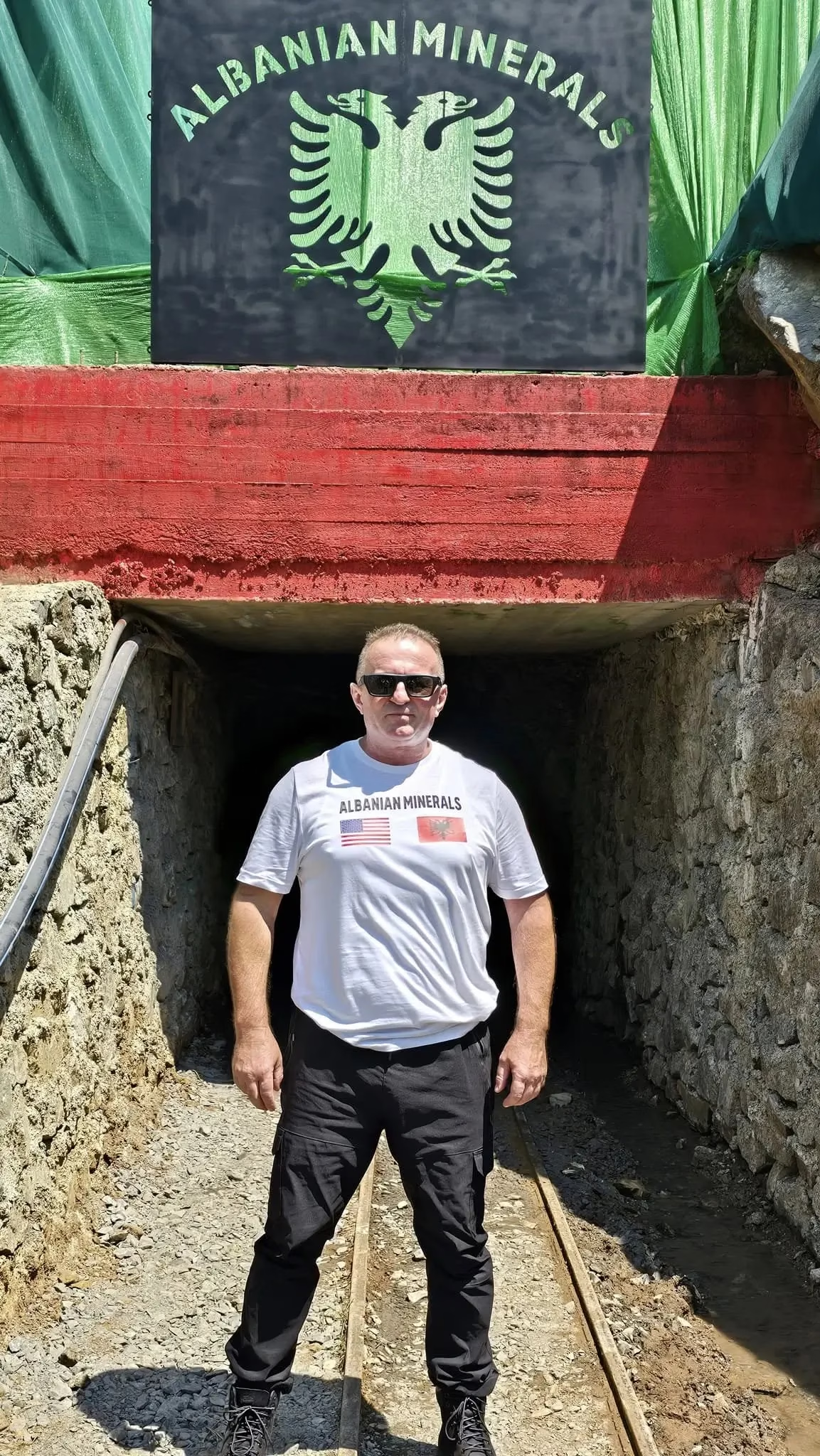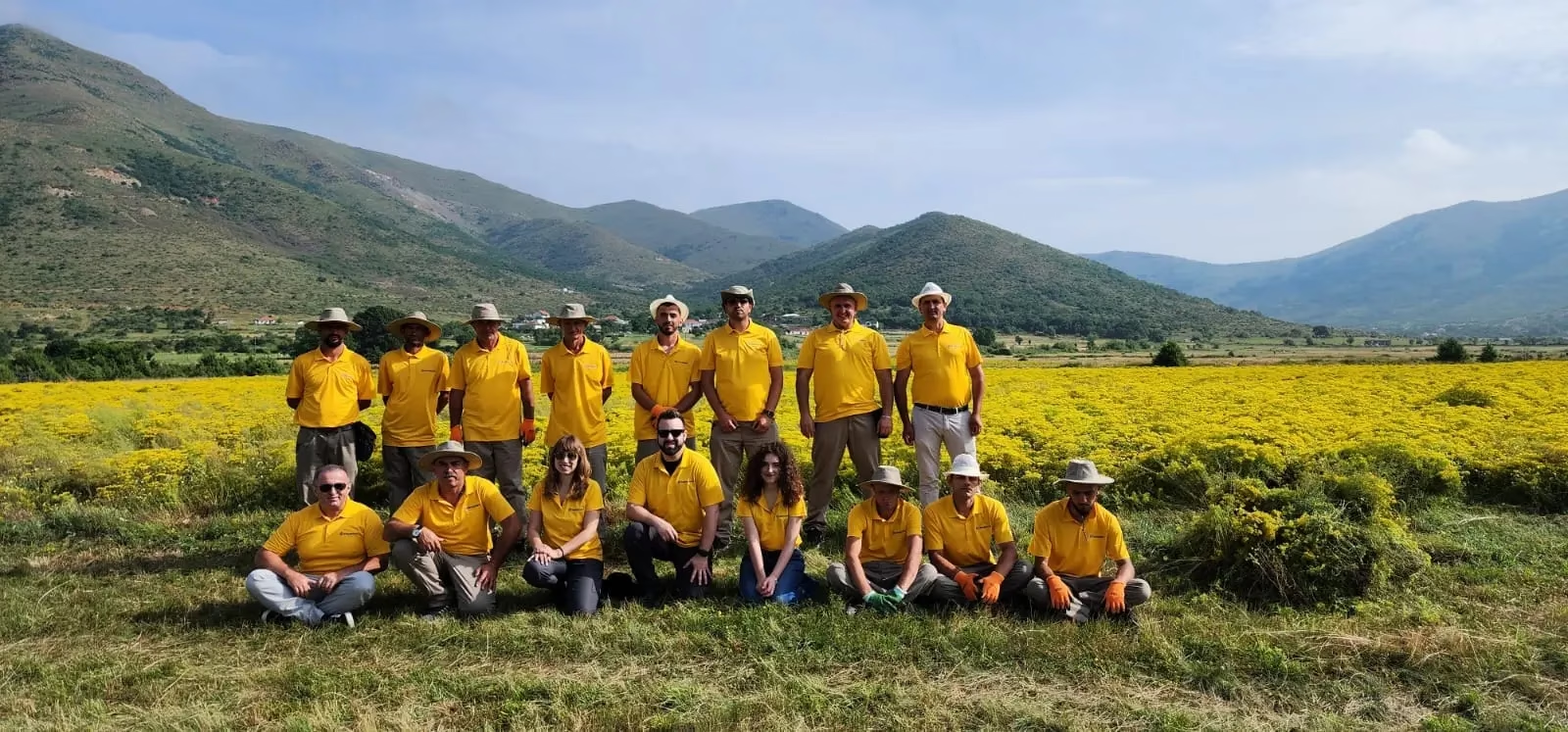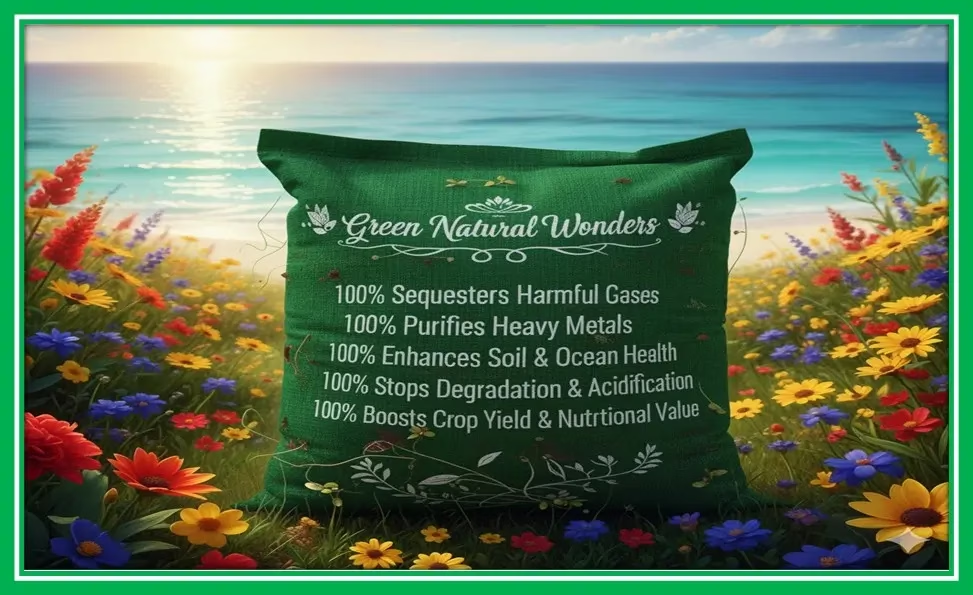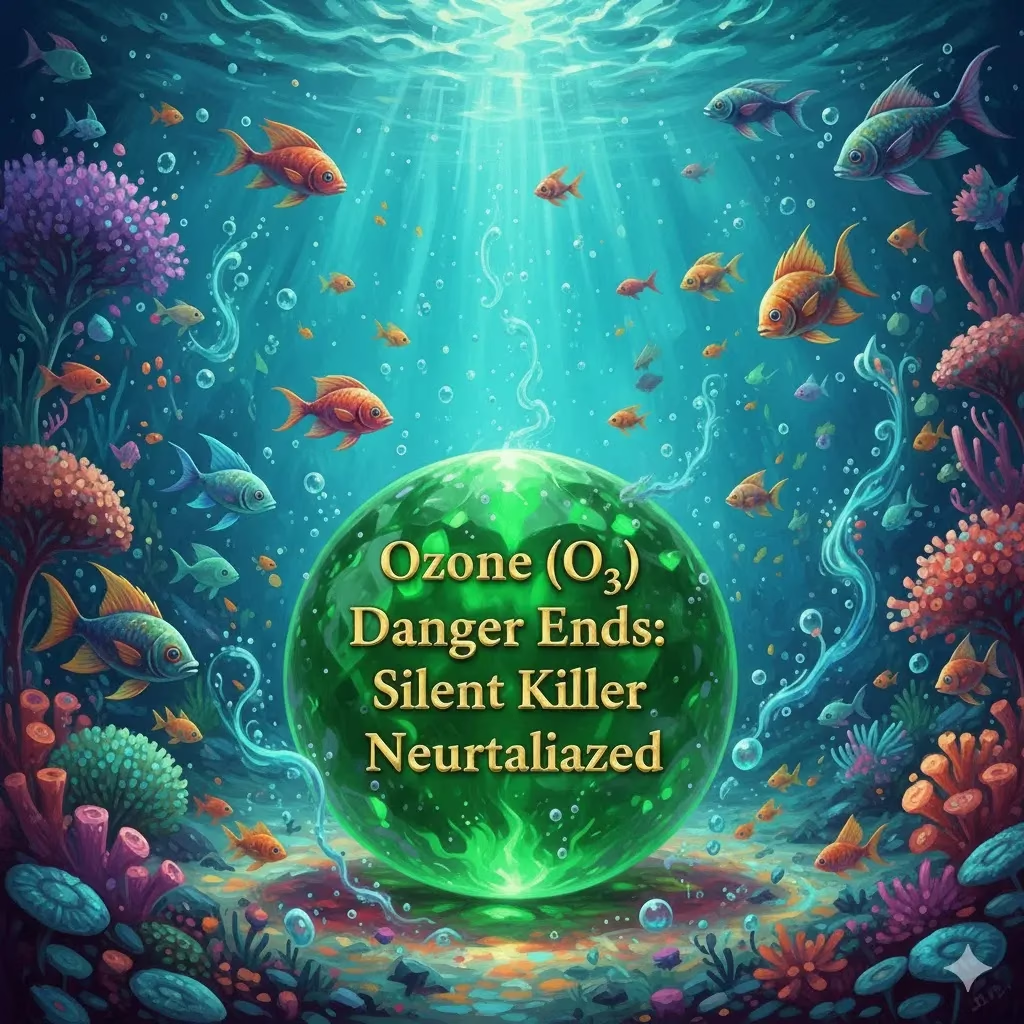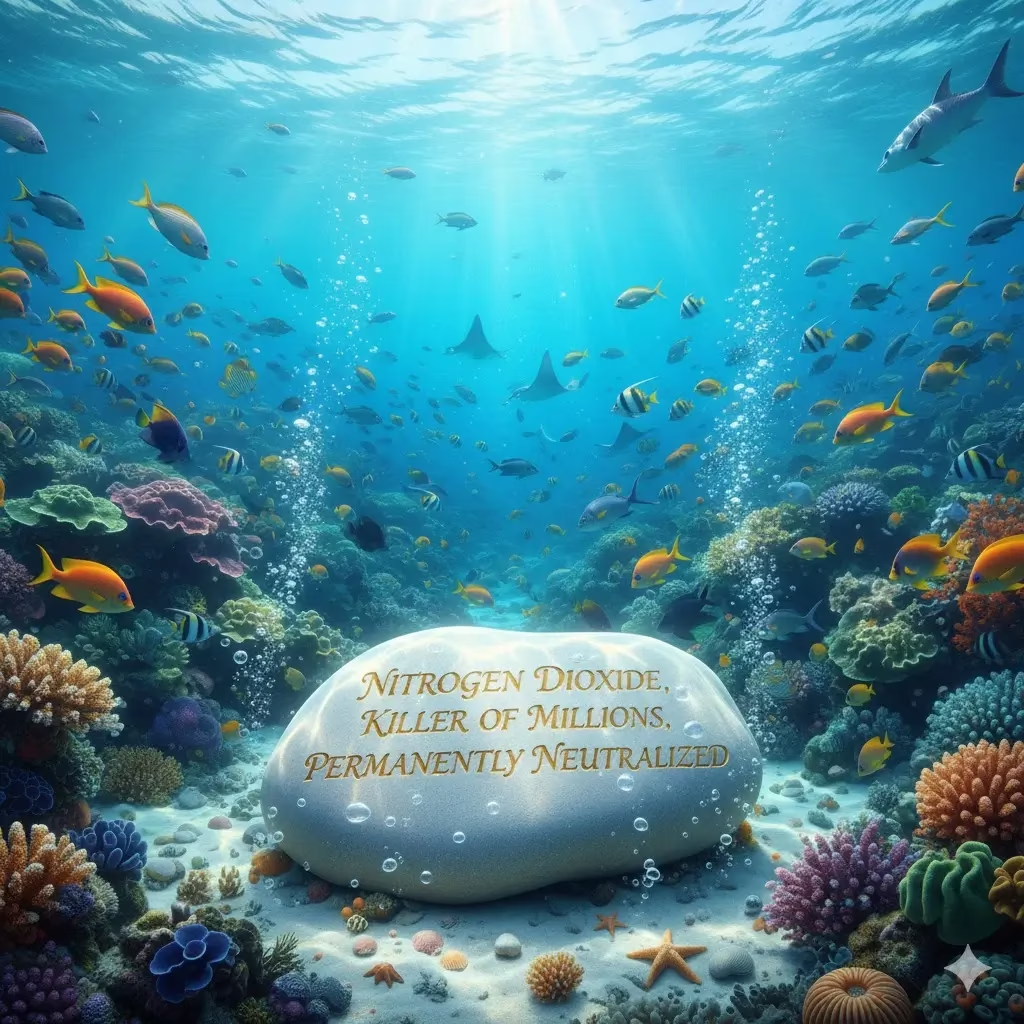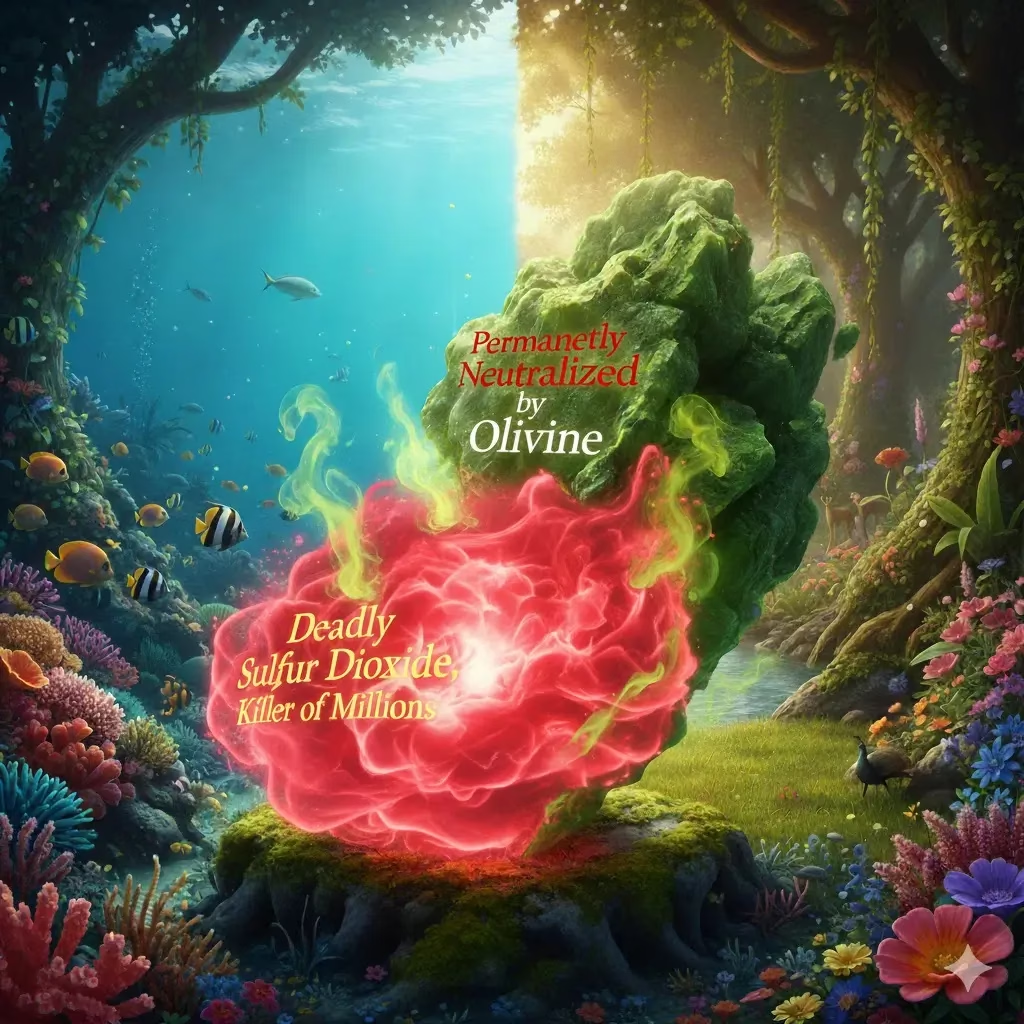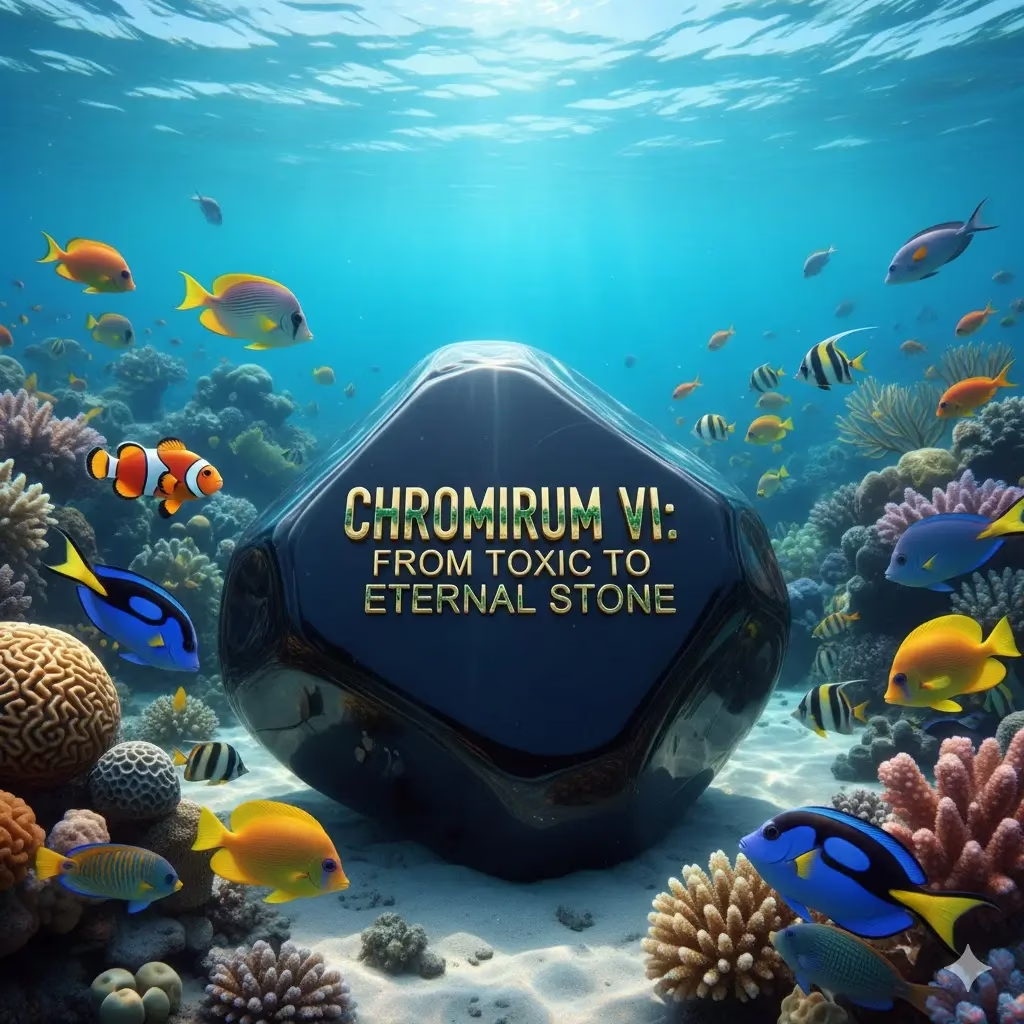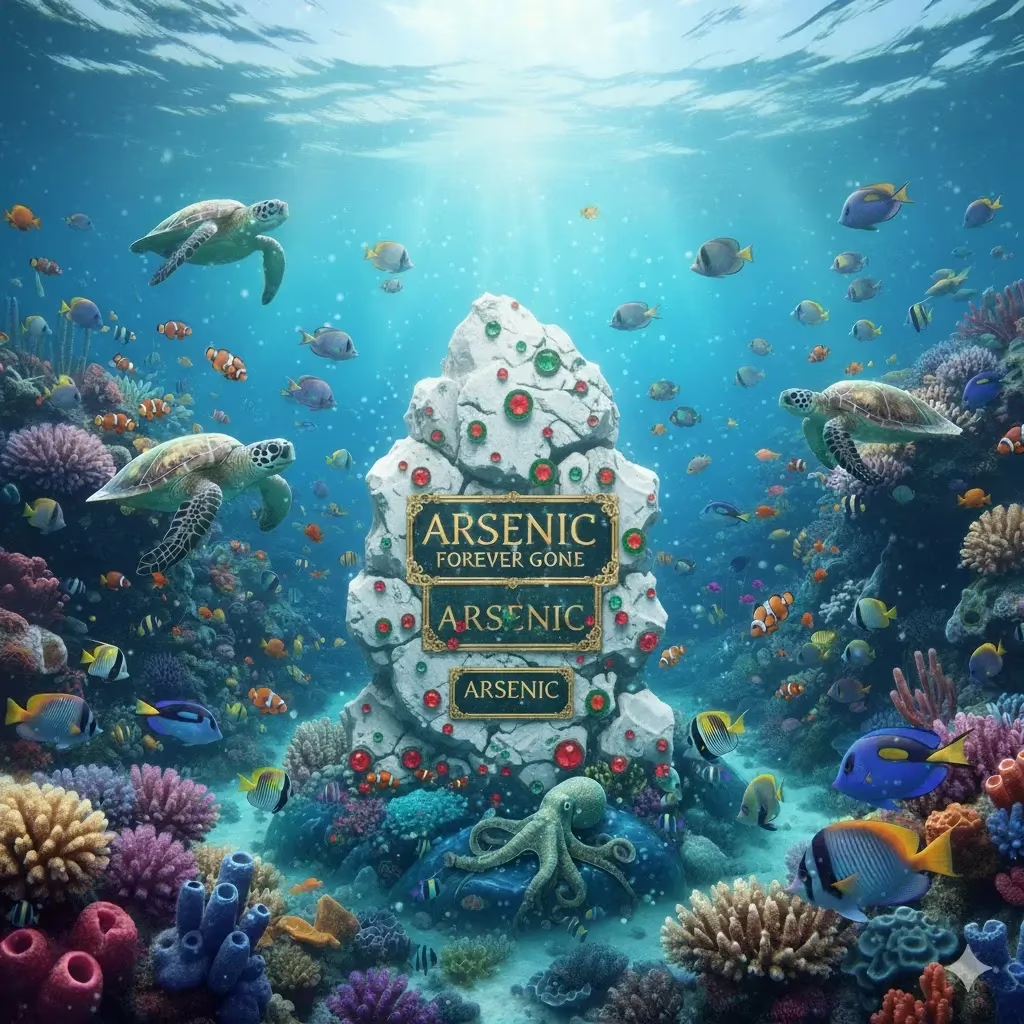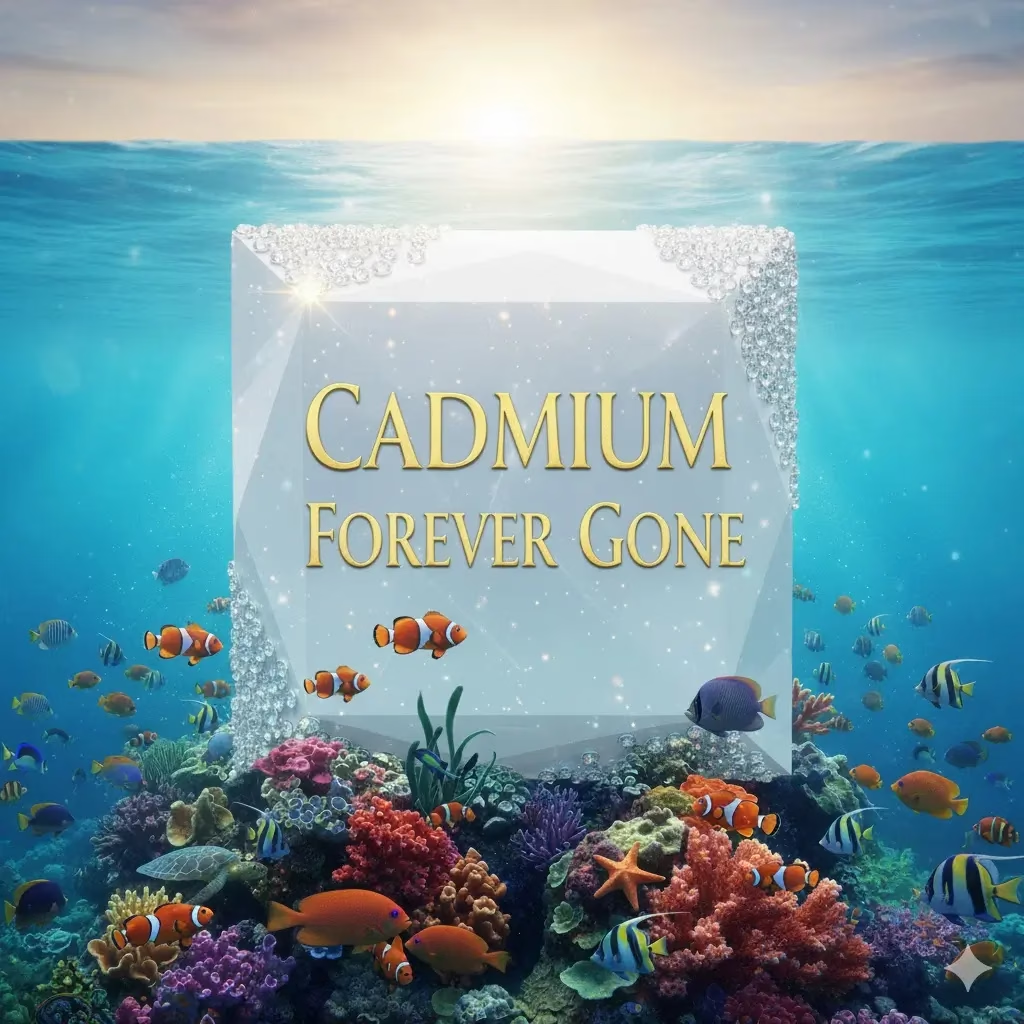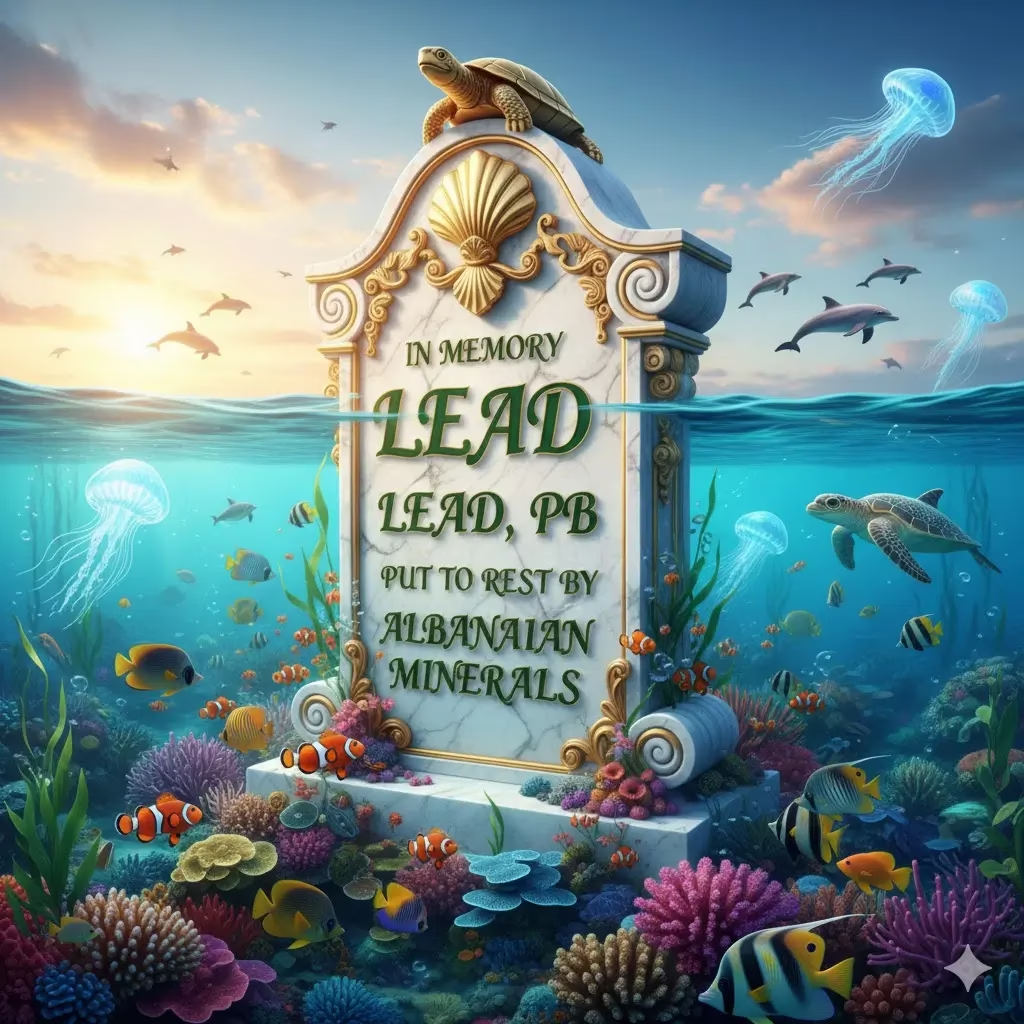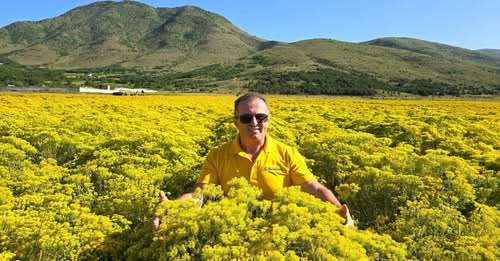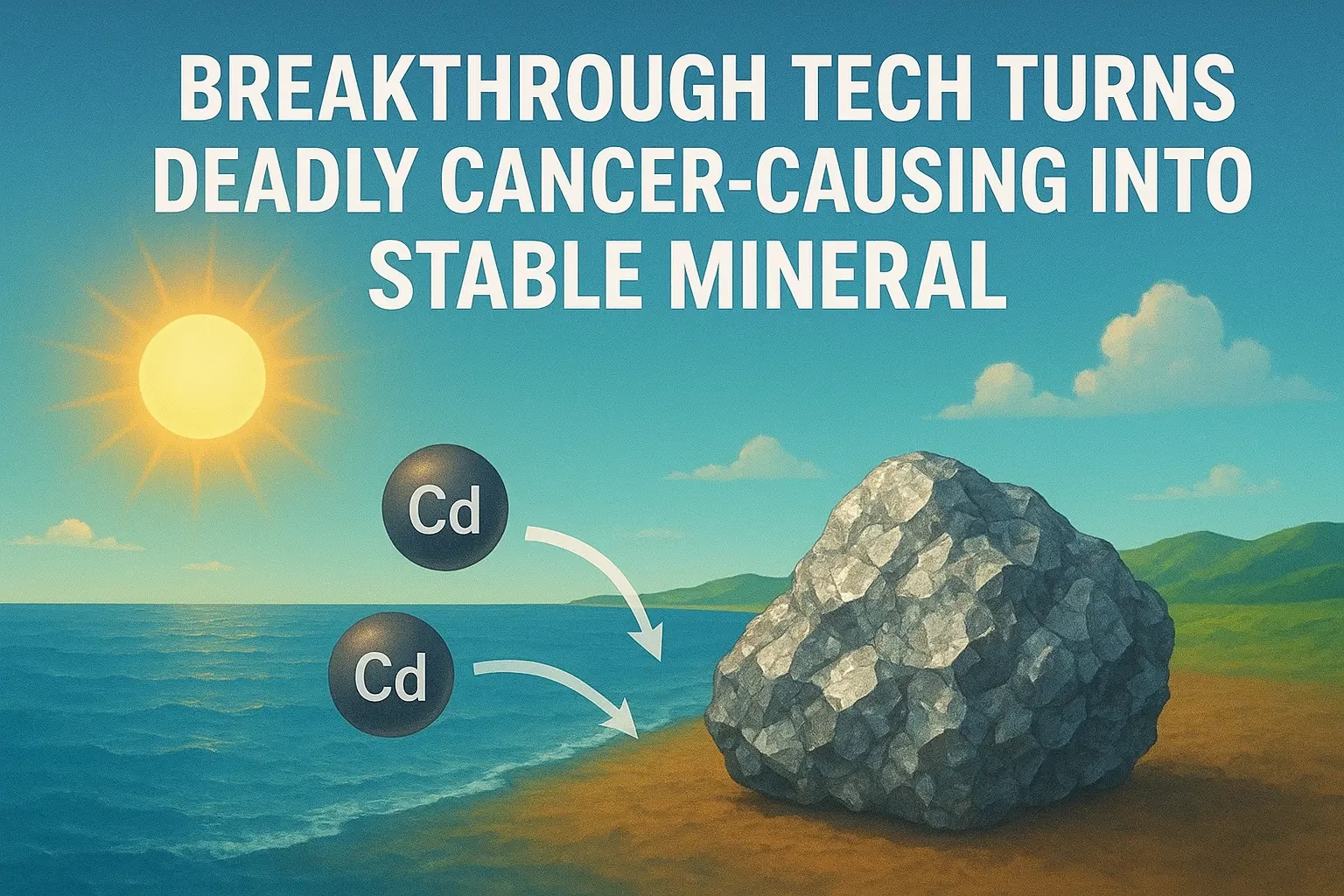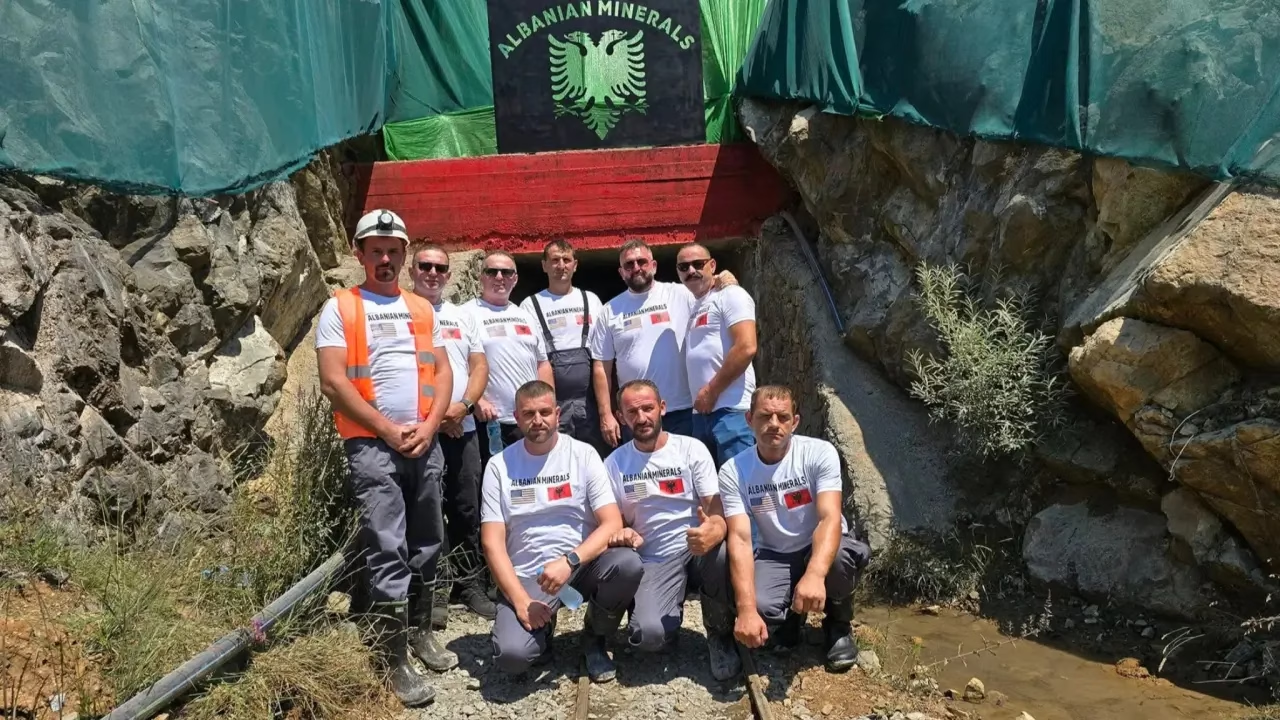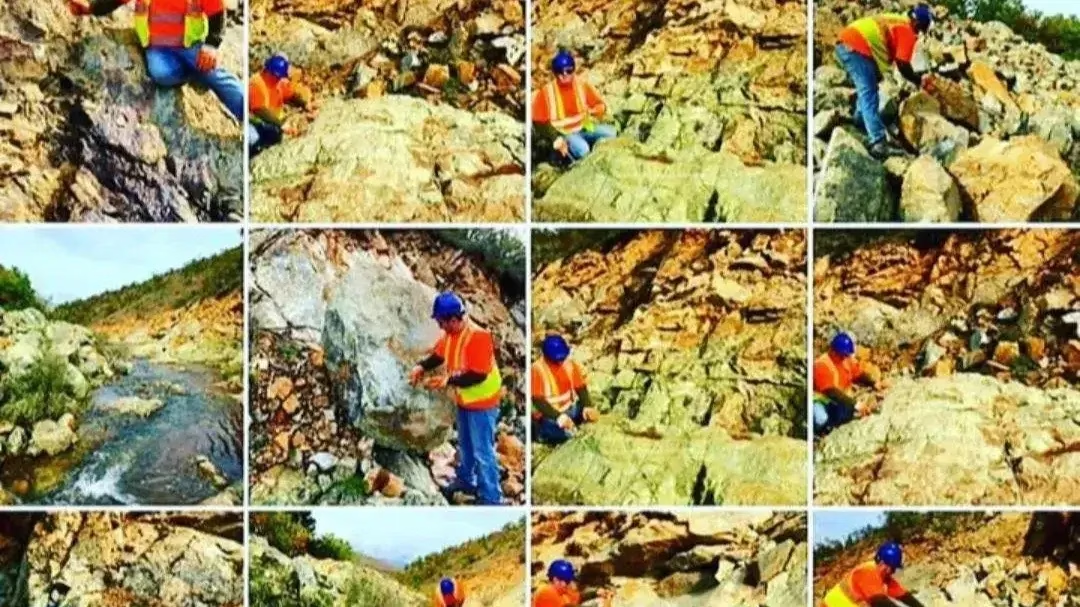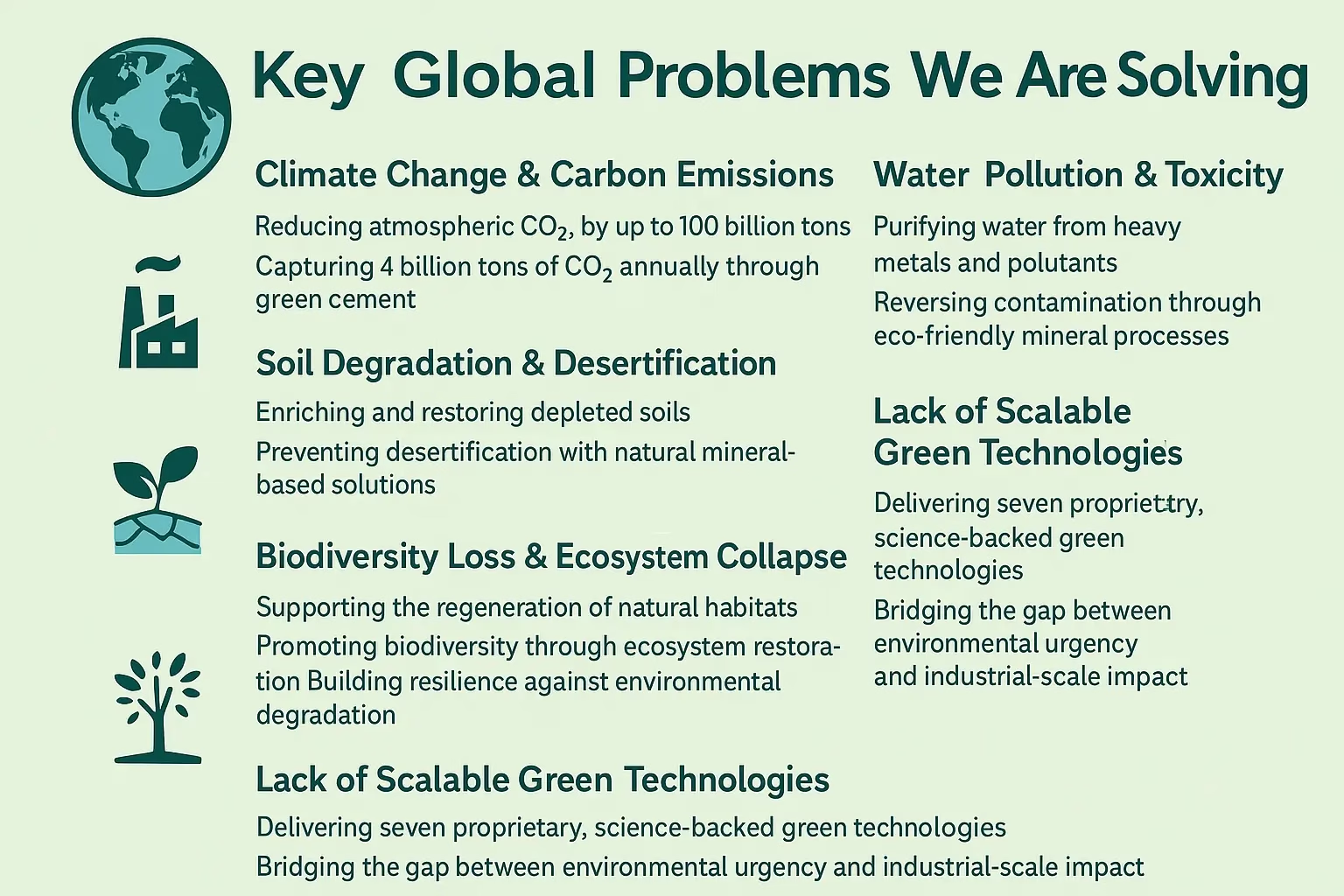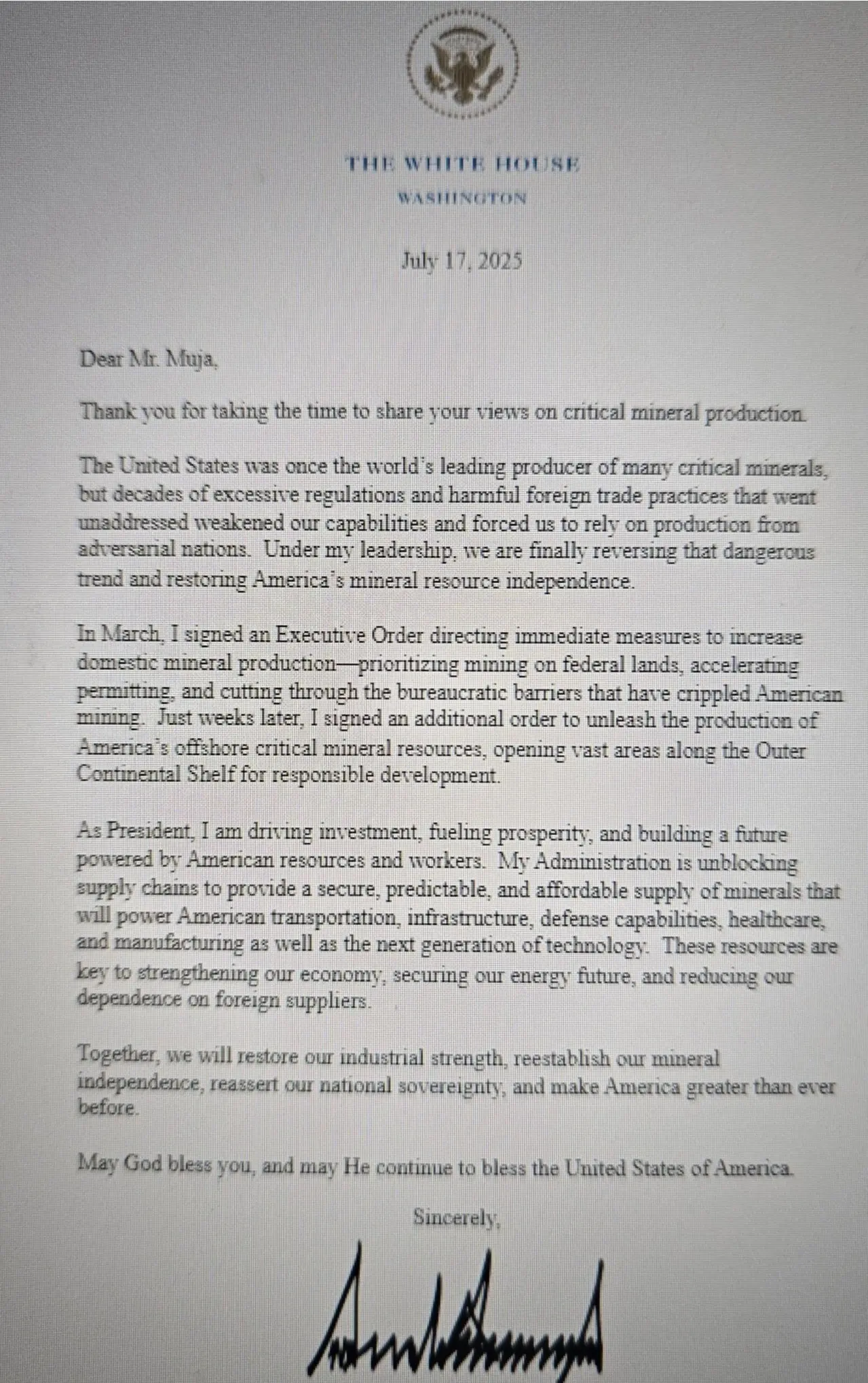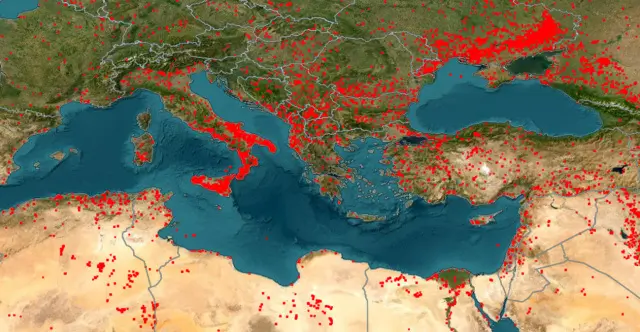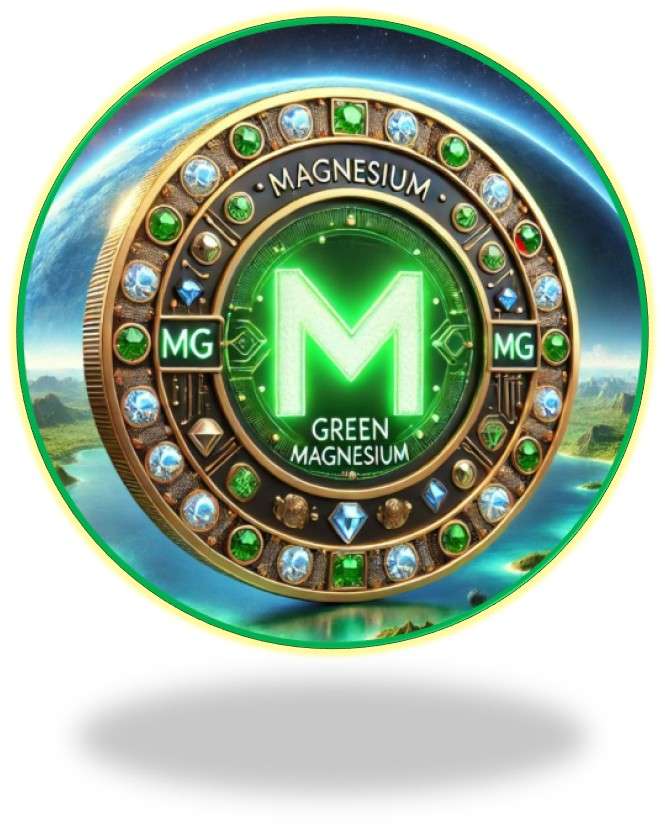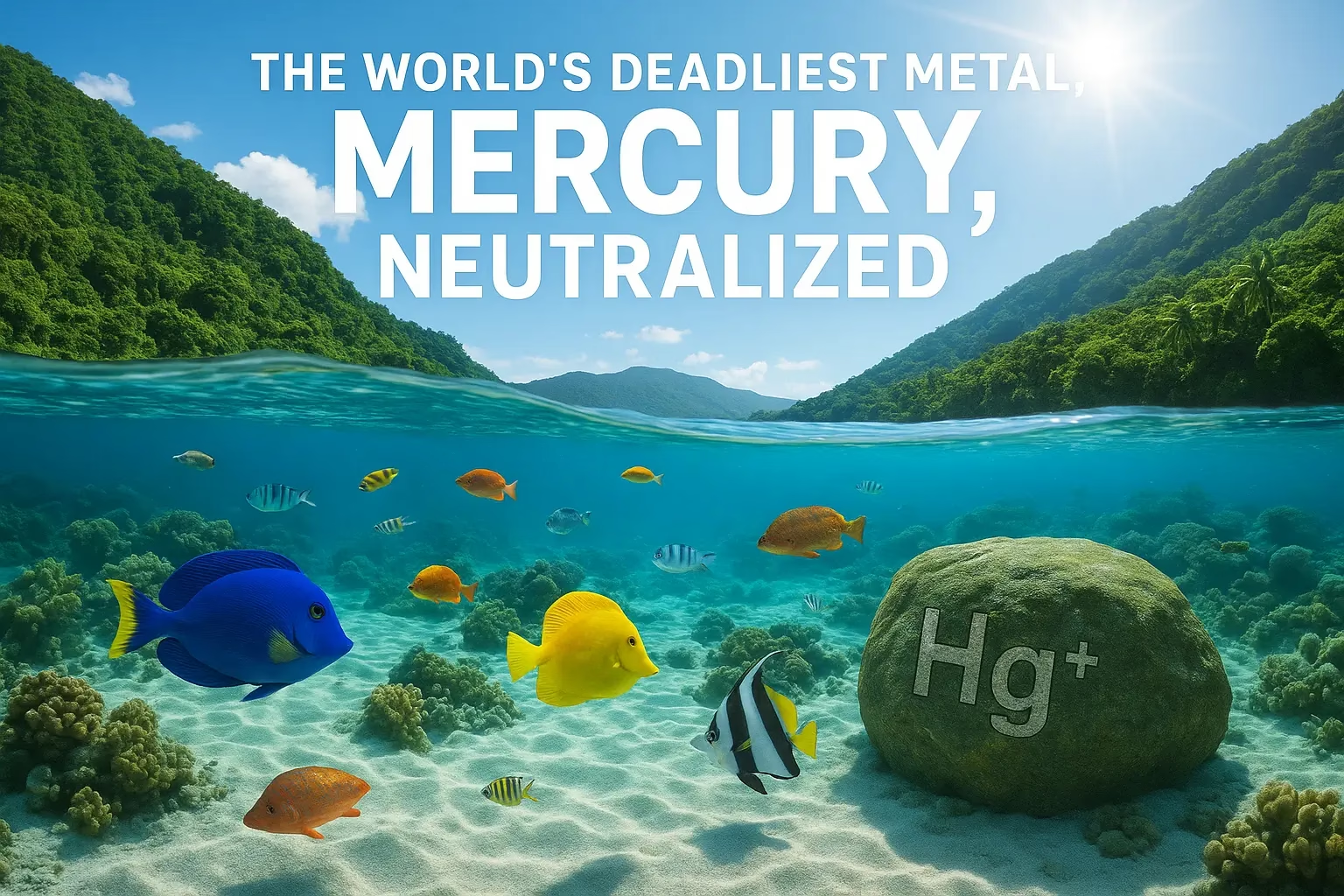
The oceans, once the shimmering lungs of our planet, are now vast reservoirs of invisible poison. Beneath their luminous surface, where sunlight fades into the blue abyss, a silent enemy drifts through the currents, mercury (Hg), the most treacherous of all metals. This element, fluid and mirror-bright, fascinated the ancients who named it after the god of transformation, Mercurius. Yet today, it stands as the emblem of contamination, a liquid curse that glides through the veins of marine life and the bloodstream of humankind. In infinitesimal doses it infiltrates the fabric of ecosystems, and once it enters, it never truly leaves. The story of mercury in the ocean is the story of industrial civilization itself, brilliant, powerful, and fatally careless.
Each year, humanity releases more than 2,000 metric tons of mercury into the environment. It rises from coal-fired power plants, flows from artisanal gold mines, and leaks from industrial effluents into the arteries of rivers and seas. In the atmosphere, gaseous mercury (Hg⁰) travels freely, crossing continents and oceans before falling again with the rain. Once it touches the ocean’s surface, it transforms, dissolves, and divides into ionic and organic forms. The world’s oceans, which once purified air and fed nations, have now absorbed a toxic legacy that is nearly three times higher than pre-industrial levels.
The tragedy of mercury lies in its transformation. In the darkness of ocean sediments, anaerobic bacteria perform a subtle and sinister alchemy. They convert inorganic mercury ions (Hg²⁺) into methylmercury (CH₃Hg⁺) through enzymatic methylation, a process represented simply as:
Hg2++CH3−→CH3Hg+Hg^{2+} + CH_3^- → CH_3Hg^+Hg2++CH3−→CH3Hg+
This reaction creates a compound of extraordinary toxicity. Methylmercury is fat-soluble and bioactive; it binds to proteins and crosses cellular membranes with ease. Once born, it moves from microbe to plankton, from plankton to small fish, from fish to predators, and finally, to us. The ocean becomes a mirror of contamination, reflecting our own chemistry back through the food we eat. Tuna, swordfish, and sharks, apex predators of the sea, carry mercury concentrations up to a million times higher than the surrounding water.
The danger does not lie in what we see, but in what we ingest. Methylmercury’s molecular mimicry of essential amino acids allows it to cross the blood–brain barrier and the placental wall, embedding itself within neural tissue. Once inside, it binds to thiol (-SH) groups in cysteine residues of proteins, disrupting enzymatic function, oxidative balance, and neuronal communication. The outcome is irreversible neurological damage, memory loss, tremors, developmental disorders, and diminished intelligence in children. The infamous Minamata tragedy of Japan remains an eternal warning, where industrial discharge of Hg²⁺ into Minamata Bay led to one of humanity’s most devastating cases of mercury poisoning. The lesson is clear: even a whisper of mercury can silence generations.
In the chemistry of the sea, mercury exists in an intricate equilibrium between its various forms:
Hg0⇌Hg2+⇌CH3Hg+Hg^0 ⇌ Hg^{2+} ⇌ CH_3Hg^+Hg0⇌Hg2+⇌CH3Hg+
Elemental mercury (Hg⁰) is volatile and can escape back to the atmosphere. Ionic mercury (Hg²⁺) forms soluble complexes such as mercury chloride (HgCl₂) and mercury hydroxide (Hg(OH)₂). Organic mercury, however — methylmercury — resists dissolution and anchors itself in life’s carbon web. Ocean acidification, driven by excess CO₂, lowers seawater pH and increases mercury solubility, deepening the crisis. Thus, the dual specters of carbon pollution and metal contamination conspire to weaken the resilience of the seas.
And yet, within the planet itself, in the deep green crystals of its mantle, lies a natural counterforce, olivine (Mg₂SiO₄). This humble magnesium silicate, found in abundance in the rocks of Albania and across the world’s ultramafic terrains, possesses extraordinary geochemical powers. When it meets water and carbon dioxide, olivine undergoes a weathering reaction that consumes acidity and captures carbon:
Mg2SiO4+4CO2+4H2O→2Mg2++4HCO3−+H4SiO4Mg_2SiO_4 + 4CO_2 + 4H_2O → 2Mg^{2+} + 4HCO_3^- + H_4SiO_4Mg2SiO4+4CO2+4H2O→2Mg2++4HCO3−+H4SiO4
This reaction not only sequesters CO₂ permanently as stable magnesium carbonates, but also raises seawater alkalinity, creating the ideal conditions for mercury detoxification. As the pH rises, mercury ions precipitate from solution as insoluble compounds, such as mercury hydroxide and carbonate:
Hg2++2OH−→Hg(OH)2(s)Hg^{2+} + 2OH^- → Hg(OH)_2(s)Hg2++2OH−→Hg(OH)2(s) Hg2++CO32−→HgCO3(s)Hg^{2+} + CO_3^{2-} → HgCO_3(s)Hg2++CO32−→HgCO3(s)
In addition, olivine’s crystalline lattice contains iron (Fe²⁺), which acts as a natural reducing agent, transforming highly toxic Hg²⁺ into its elemental form (Hg⁰), which can volatilize harmlessly or react with sulfur to form the inert mineral cinnabar (HgS):
Hg2++Fe2+→Hg0+Fe3+Hg^{2+} + Fe^{2+} → Hg^0 + Fe^{3+}Hg2++Fe2+→Hg0+Fe3+ Hg2++S2−→HgS(s)Hg^{2+} + S^{2-} → HgS(s)Hg2++S2−→HgS(s)
Through adsorption, ion exchange, and redox reactions, olivine functions as both a chemical sponge and a catalyst of purification. Its reactive surface binds mercury tightly, locking it within mineral matrices where it can no longer harm the living world. Each grain of olivine acts as a microscopic fortress, capturing poison and releasing balance.
This is where the pioneering work of Albanian Minerals enters the story. With stewardship over the largest and highest-quality green magnesium olivine reserves on Earth, Albanian Minerals has become a global leader in the fusion of geology, chemistry, and environmental restoration. From the breathtaking mountains of Tropoja to the Adriatic coastline, the company holds billions of tons of pristine olivine, a natural asset of planetary significance. Albanian Minerals has spent decades developing ways to use this mineral as a transformative force: to capture carbon dioxide, neutralize acidification, and detoxify heavy metals like mercury. This is not mining for extraction, but mining for restoration, using the very stones of the Earth to heal the seas that cradle life.
Along Albania’s coast, where turquoise waters meet green mountains, experiments are quietly reshaping environmental science. Here, finely milled olivine interacts with the ocean’s waves, and through the kinetic energy of motion, the weathering process accelerates. The sea itself becomes the reactor, the waves the stirring force, the sunlight the energy source. Every particle of olivine dissolves with purpose, consuming CO₂, releasing magnesium ions, and raising pH. In this more alkaline environment, mercury loses its mobility. It is adsorbed, precipitated, and transformed. It ceases to threaten. It becomes part of the rock again.
The implications are extraordinary. One ton of olivine can permanently capture one ton of carbon dioxide while simultaneously binding and immobilizing toxic metals. With billions of tons available, the potential for large-scale planetary remediation becomes not just possible but practical. Imagine coastal ecosystems once poisoned by mercury now slowly regenerating, coral reefs recovering, plankton thriving, fish returning. The green mineral of Earth’s deep interior emerges as a healer of the blue world.
Mercury, once the symbol of human ingenuity and destruction, could thus be tamed by a mineral older than civilization itself. It is poetic, the most dangerous element subdued by the simplest rock. Albanian Minerals is not merely extracting a resource; it is orchestrating a geochemical symphony of renewal, where the natural processes of dissolution and precipitation become instruments of planetary healing. This is sustainability in its purest form — not artificial, not imposed, but harmonized with the Earth’s own cycles.
The challenge of mercury pollution will not disappear overnight. It is a metal that lingers, a ghost that drifts through time. But in the weathering of olivine, there is permanence of another kind, the permanence of protection. By transforming mercury into stable mineral forms such as Hg(OH)₂, HgCO₃, and HgS, we remove it from the living cycle for geological time. It is the ultimate act of ecological restoration: the return of the toxin to the mineral state from which it came.
In this convergence of mineral science and environmental vision, a new philosophy of stewardship emerges. Albanian Minerals’ mission transcends industry; it becomes art, an art of chemistry, of planetary design, of renewal. The oceans can breathe again, and the air can clear. The same planet that bore the elements of danger also holds within it their cure. In this recognition lies the promise of a sustainable future , one not built against nature, but with it.
Mercury, the silver ghost of modernity, may yet be defeated by olivine, the green heart of Earth. Their meeting is both symbolic and scientific: poison meets purity, fire meets stone, destruction meets creation. And from that encounter rises a vision, an ocean restored, a climate balanced, a world reborn through the wisdom of its own minerals. In each shimmering crystal of olivine, dissolving quietly in the sea, lies a whisper of salvation:
Hg2++Olivine+H2O+CO2→Inert Compounds+Stability+HopeHg^{2+} + \text{Olivine} + H_2O + CO_2 → \text{Inert Compounds} + \text{Stability} + \text{Hope}Hg2++Olivine+H2O+CO2→Inert Compounds+Stability+Hope
This scalable, cost-effective, and eco-friendly solution not only detoxifies waters but also combats acidification, replenishes essential minerals, and revitalizes marine ecosystems, offering a holistic breakthrough for the planet’s most pressing environmental challenges. This is the chemistry of redemption, the alchemy of the 21st century, and it begins in the green mountains of Albania, where nature and science unite to heal the blue heart of the world.
Green Magnesium Olivine is no ordinary rock. It is a living testament to nature’s elegance, an alchemist that transforms environmental crises into opportunities for renewal. Here are the five extraordinary ways olivine is reshaping our world and inspiring hope for a sustainable future.
1. Capturing Carbon: Nature’s Climate Ally
As greenhouse gases thicken the atmosphere, driving global warming and ocean acidification, olivine steps forward as a silent climate warrior. Through a natural process called enhanced weathering, olivine reacts with carbon dioxide (CO₂), converting this potent greenhouse gas into stable bicarbonate minerals. This transformation locks away CO₂ for thousands of years, removing it from the air and oceans.
Unlike mechanical carbon capture that requires energy and infrastructure, olivine offers a self-sustaining, passive, and scalable solution. It breathes life back into suffocating atmospheres and healing seas, turning carbon pollution into stone, literally.
2. Neutralizing Heavy Metals: A Guardian of Purity
Toxic heavy metals infiltrate our water and soils, poisoning ecosystems and threatening human health. Olivine’s mineral matrix is uniquely capable of adsorbing and immobilizing an array of these hazardous elements, reducing their bioavailability and toxicity. Among the dangerous metals olivine can neutralize are:
Lead (Pb²⁺): A devastating neurotoxin especially harmful to children, lead is trapped within olivine’s mineral structure, curbing its ability to harm the nervous system.
Cadmium (Cd²⁺): Known for its carcinogenic and kidney-damaging effects, cadmium’s mobility is greatly reduced through olivine’s binding action.
Chromium (Cr⁶⁺): The highly toxic hexavalent chromium is chemically transformed into less harmful trivalent forms and immobilized.
Mercury (Hg²⁺): A bioaccumulative neurotoxin, mercury’s spread through food chains is limited as olivine adsorbs it.
Copper (Cu²⁺): Though essential in small amounts, excess copper damages aquatic life; olivine binds copper, reducing its toxicity.
Nickel (Ni²⁺): Toxic to many organisms, nickel’s availability is curtailed, protecting ecosystems.
Zinc (Zn²⁺): Excessive zinc harms organisms, but olivine prevents its dangerous buildup.
Arsenic (As³⁺/As⁵⁺): A notorious carcinogen, arsenic’s environmental risk is lowered by olivine’s immobilization.
Uranium (U⁶⁺): The radioactive heavy metal is contained within olivine’s mineral lattice, limiting its environmental dispersion.
Through this remarkable detoxifying power, olivine acts as a natural sentinel, guarding the purity of our waters and soils and preserving the health of countless species, including our own.
3. Replenishing Nutrients: Nature’s Fertilizer
Beyond its cleansing powers, olivine is a generous provider. As it weathers, it gently releases a bounty of essential nutrients critical to life:
Magnesium (Mg): The heart of chlorophyll, magnesium energizes plants to convert sunlight into life-sustaining food.
Iron (Fe): Vital for plant metabolism and microbial vitality, iron supports the foundation of terrestrial and aquatic ecosystems.
Silicon (Si): Strengthening plant cell walls and forming the skeletons of diatoms—microscopic algae crucial to marine food webs, silicon nourishes life from root to reef.
Other Elements: Calcium, potassium, zinc, phosphorus, sodium, and others enrich soils and waters, enhancing fertility and resilience.
This natural fertilization promotes healthier crops, richer soils, and vibrant ecosystems, offering a sustainable alternative to synthetic fertilizers, often fraught with environmental costs.
4. Balancing Acidity: Earth’s Natural Buffer
Acid rain, industrial pollutants, and rising CO₂ levels have pushed soils and oceans toward dangerous acidity, threatening biodiversity and food security. Olivine’s weathering releases basic ions that neutralize acidity, restoring balance to these vital environments.
In soils, olivine raises pH, improving nutrient availability and microbial activity essential for plant growth. In oceans, it enhances alkalinity, mitigating ocean acidification and protecting coral reefs, shellfish, and other vulnerable marine life.
5. Supporting Biodiversity and Ecosystem Resilience
Life flourishes where conditions are balanced and resources abundant. By regulating pH, detoxifying environments, and providing essential nutrients, olivine creates fertile grounds for biodiversity.
Its silica release sustains diatoms, the unsung architects of oceanic ecosystems that generate nearly half the world’s oxygen. Healthy soils and waters nurtured by olivine underpin resilient forests, thriving fisheries, and robust food systems.
In a world increasingly challenged by climate extremes and habitat loss, olivine fosters ecosystems capable of withstanding change and continuing to support life’s rich tapestry.
A Green Legacy for Our Planet
Olivine is a vivid reminder that solutions to modern crises need not always be complex or costly. Sometimes, they lie embedded in the Earth’s ancient story, a mineral born of fire and time, now offering humanity a chance to heal. Harnessing olivine’s remarkable powers could be a cornerstone of global sustainability efforts, transforming how we fight climate change, purify our environment, grow food, and protect biodiversity.
As we seek a future where humanity lives in harmony with the planet, olivine’s quiet strength offers a beacon of hope, a testament to nature’s enduring wisdom and resilience. Olivine is no ordinary rock. It is a living testament to nature’s elegance, an alchemist that transforms environmental crises into opportunities for renewal. Here are the five extraordinary ways olivine is reshaping our world and inspiring hope for a sustainable future.
1. Capturing Carbon: Nature’s Climate Ally
As greenhouse gases thicken the atmosphere, driving global warming and ocean acidification, olivine steps forward as a silent climate warrior. Through a natural process called enhanced weathering, olivine reacts with carbon dioxide (CO₂), converting this potent greenhouse gas into stable bicarbonate minerals. This transformation locks away CO₂ for thousands of years, removing it from the air and oceans.
Unlike mechanical carbon capture that requires energy and infrastructure, olivine offers a self-sustaining, passive, and scalable solution. It breathes life back into suffocating atmospheres and healing seas, turning carbon pollution into stone, literally.
2. Neutralizing Heavy Metals: A Guardian of Purity
Toxic heavy metals infiltrate our water and soils, poisoning ecosystems and threatening human health. Olivine’s mineral matrix is uniquely capable of adsorbing and immobilizing an array of these hazardous elements, reducing their bioavailability and toxicity. Among the dangerous metals olivine can neutralize are:
Lead (Pb²⁺): A devastating neurotoxin especially harmful to children, lead is trapped within olivine’s mineral structure, curbing its ability to harm the nervous system.
Cadmium (Cd²⁺): Known for its carcinogenic and kidney-damaging effects, cadmium’s mobility is greatly reduced through olivine’s binding action.
Chromium (Cr⁶⁺): The highly toxic hexavalent chromium is chemically transformed into less harmful trivalent forms and immobilized.
Mercury (Hg²⁺): A bioaccumulative neurotoxin, mercury’s spread through food chains is limited as olivine adsorbs it.
Copper (Cu²⁺): Though essential in small amounts, excess copper damages aquatic life; olivine binds copper, reducing its toxicity.
Nickel (Ni²⁺): Toxic to many organisms, nickel’s availability is curtailed, protecting ecosystems.
Zinc (Zn²⁺): Excessive zinc harms organisms, but olivine prevents its dangerous buildup.
Arsenic (As³⁺/As⁵⁺): A notorious carcinogen, arsenic’s environmental risk is lowered by olivine’s immobilization.
Uranium (U⁶⁺): The radioactive heavy metal is contained within olivine’s mineral lattice, limiting its environmental dispersion.
Through this remarkable detoxifying power, olivine acts as a natural sentinel, guarding the purity of our waters and soils and preserving the health of countless species, including our own.
3. Replenishing Nutrients: Nature’s Fertilizer
Beyond its cleansing powers, olivine is a generous provider. As it weathers, it gently releases a bounty of essential nutrients critical to life:
Magnesium (Mg): The heart of chlorophyll, magnesium energizes plants to convert sunlight into life-sustaining food.
Iron (Fe): Vital for plant metabolism and microbial vitality, iron supports the foundation of terrestrial and aquatic ecosystems.
Silicon (Si): Strengthening plant cell walls and forming the skeletons of diatoms—microscopic algae crucial to marine food webs—silicon nourishes life from root to reef.
Trace Elements: Calcium, nickel, chromium, manganese, and others enrich soils and waters, enhancing fertility and resilience.
This slow, natural fertilization promotes healthier crops, richer soils, and vibrant ecosystems—offering a sustainable alternative to synthetic fertilizers, often fraught with environmental costs.
4. Balancing Acidity: Earth’s Natural Buffer
Acid rain, industrial pollutants, and rising CO₂ levels have pushed soils and oceans toward dangerous acidity, threatening biodiversity and food security. Olivine’s weathering releases basic ions that neutralize acidity, restoring balance to these vital environments.
In soils, olivine raises pH, improving nutrient availability and microbial activity essential for plant growth. In oceans, it enhances alkalinity, mitigating ocean acidification and protecting coral reefs, shellfish, and other vulnerable marine life.
5. Supporting Biodiversity and Ecosystem Resilience
Life flourishes where conditions are balanced and resources abundant. By regulating pH, detoxifying environments, and providing essential nutrients, olivine creates fertile grounds for biodiversity.
Its silica release sustains diatoms, the unsung architects of oceanic ecosystems that generate nearly half the world’s oxygen. Healthy soils and waters nurtured by olivine underpin resilient forests, thriving fisheries, and robust food systems.
In a world increasingly challenged by climate extremes and habitat loss, olivine fosters ecosystems capable of withstanding change and continuing to support life’s rich tapestry.
A Green Legacy: “For too long, humanity has treated the oceans as infinite receptacles of our ambition and carelessness. Mercury, plastic, carbon—these are the silent legacies of our industrial age, invisible yet profound in their impact. And yet, within the Earth itself lies a quiet answer. In the crystalline heart of olivine, forged deep in Albania’s mountains over eons, we find a mineral that transforms destruction into renewal. It captures carbon, neutralizes heavy metals, replenishes nutrients, and restores balance to ecosystems. Each grain is a testament to nature’s intelligence, a microscopic alchemist that turns pollution into stability, decay into life. At Albanian Minerals, we see our work not as extraction, but as stewardship—an orchestration of geology, chemistry, and vision to heal the blue heart of our planet. The challenge is immense, but so too is the potential. Through the wisdom embedded in Earth’s ancient stones, we can forge a future where the oceans breathe again, where life thrives in balance, and where humanity learns that its greatest power lies not in domination, but in harmony with nature.”
— Sahit Muja, CEO, Albanian Minerals








